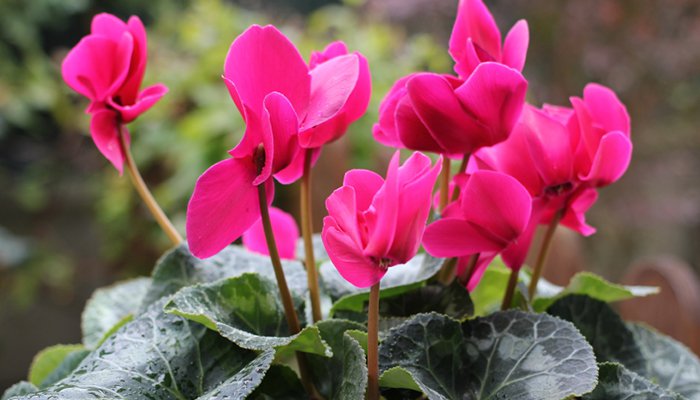
February leaves us with just a month left to gear up for spring gardening, so now is the ideal time to start mulching. If you are a seasoned gardener, you already know that the benefits of mulching are numerous. It not only helps soil retain moisture but it also works as a compost that feeds the garden, reduces extra waste, helps lower soil erosion, and prevents weeds from growing. Why mulch during the middle of winter? If you have not already mulched your garden last fall, you will want to do it now before spring weather blossoms. Moreover, mulching during the coldest time of the year can protect your perennials from the cold climate. Read on to find out how to successfully start mulching your garden this month. [photo via flickr]
1) Apply enough mulch over your garden, but do not overdo it.
Since mulching in the winter is primarily done to protect the plants from the harsh winter climate, it is best to use your discretion as to how much mulch you should use. Ideally, you will place enough mulch to blanket the crops. If you are trying to protect surface roots and crowns, you may want to apply two to three inches of mulch around the base. If you have a rose garden, you may want to use more mulch – enough to build a pyramid-like shape.
2) Remember to remove the weeds before you apply mulch.
You should always remove any weeds from the ground before you start your mulch application. This is crucial, as you do not want to nurture the weeds, which are also technically plants. The good news is that once you have applies the mulch, you should see less weeds. Removing weeds should not be hard to do, but no matter which weed removal method you try, you should opt for organic weed removal. Try undercutting the roots with garden tool like a digging tool. Dig deep into the soil and you should be able to pull the weeds up for remov











